
Dish
Mămăligă
Polenta
Mămăligă is made by boiling cornmeal in water or milk, then adding butter, salt, and other seasonings. It has a slightly sweet, nutty flavor and a texture similar to polenta. Mămăligă is high in carbohydrates and fiber, and is a good source of vitamins and minerals.
Origins and history
Mămăligă has been a staple food in Romania for centuries, and is often associated with rural life and traditional cuisine. It is typically served with meat or cheese, but can also be eaten on its own as a side dish.
Dietary considerations
Mămăligă is gluten-free and vegetarian, but may not be suitable for those with allergies to corn.
Variations
There are many variations of mămăligă, including those made with different types of cornmeal or with added cheese or herbs. Some recipes also call for the addition of cream or other flavorings.
Presentation and garnishing
Mămăligă is traditionally served in a bowl or on a plate, with a pat of butter or a sprinkle of cheese on top. It can be garnished with fresh herbs or spices.
Tips & Tricks
To make mămăligă, it is important to use high-quality cornmeal and to cook it slowly over low heat, stirring constantly, until it becomes creamy and smooth.
Side-dishes
Mămăligă is often served with meat or cheese, and can also be used as a base for dishes such as mămăligă cu brânză (mămăligă with cheese).
Drink pairings
Mămăligă pairs well with Romanian-style drinks such as tuica (plum brandy) or red wine.
Delicious Mămăligă recipes
More dishes from this category... Browse all »
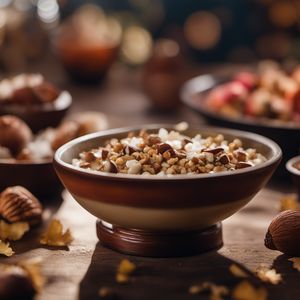
Acorn Mush
Native American cuisine
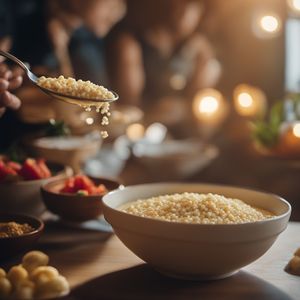
Ajdova kaša
Slovenian cuisine
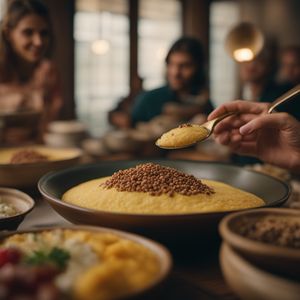
Ajdovi žganci
Slovenian cuisine

Babor
North African cuisine
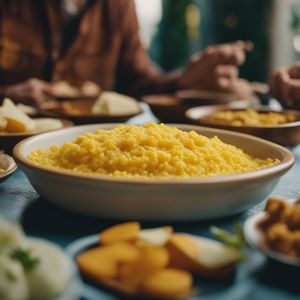
Banosh
Ukrainian cuisine

Bogobe jwa lerotse
African cuisine

Bohinjski žganci
Slovenian cuisine
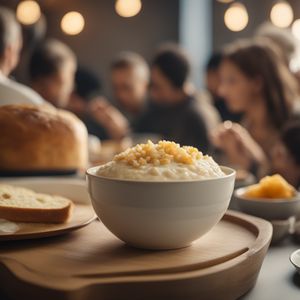
Broodpap
Dutch cuisine
More cuisines from this region...
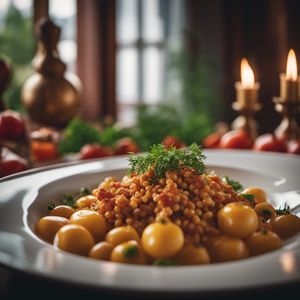
Belarusian cuisine
Hearty, Filling, Savory, Rich, Flavorful

Bulgarian cuisine
Hearty, Filling, Savory, Rich, Flavorful

Moldovan cuisine
Hearty, Savory, Flavorful, Spicy, Tangy

Romani cuisine
Bold, Spicy, Flavorful, Tangy

Russian cuisine
Hearty, Savory, Flavorful, Spicy, Tangy
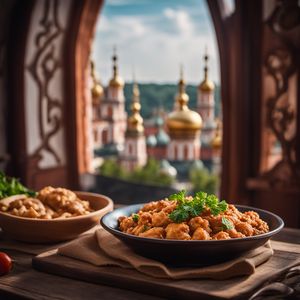
Ukrainian cuisine
Hearty, Savory, Rich, Creamy, Earthy

